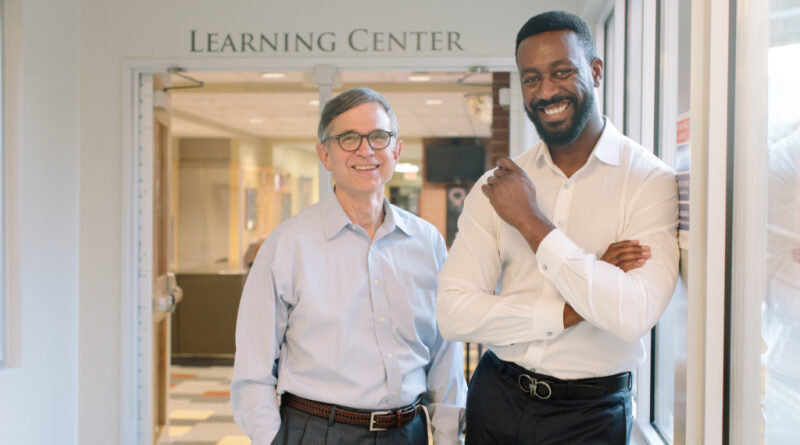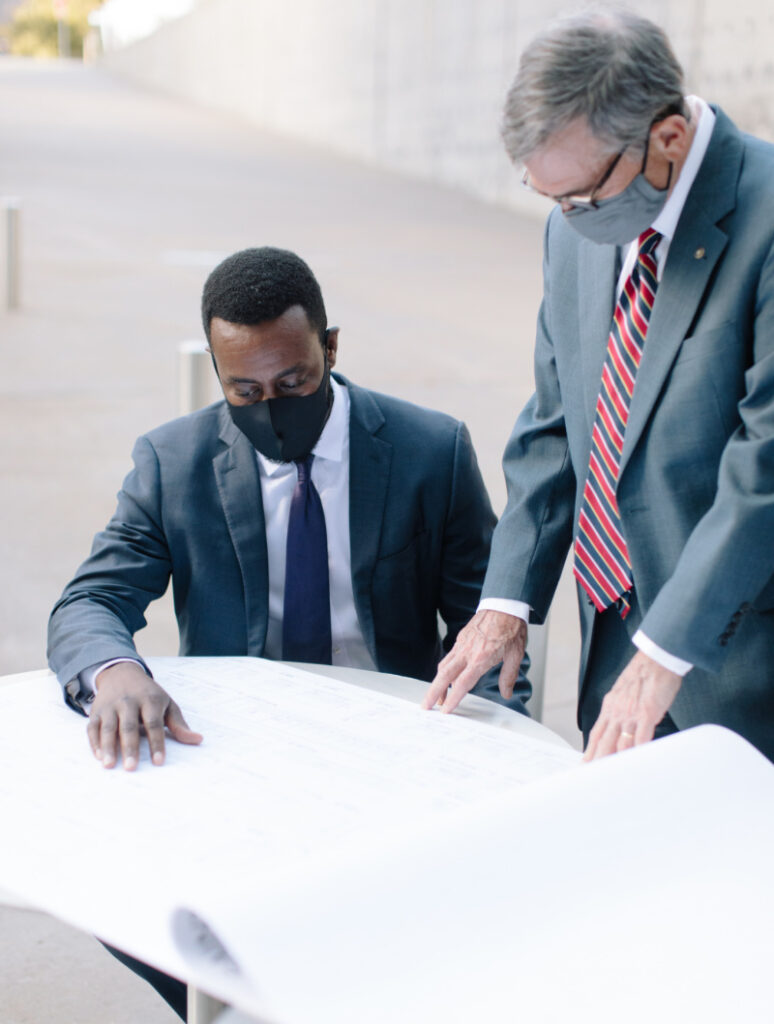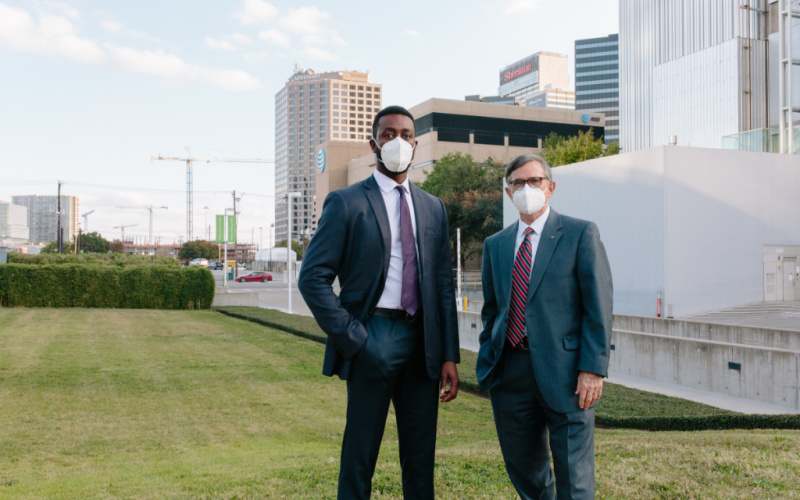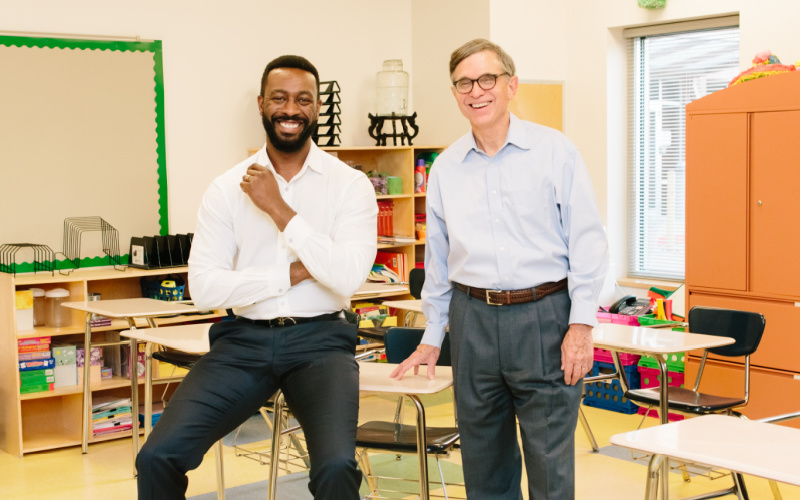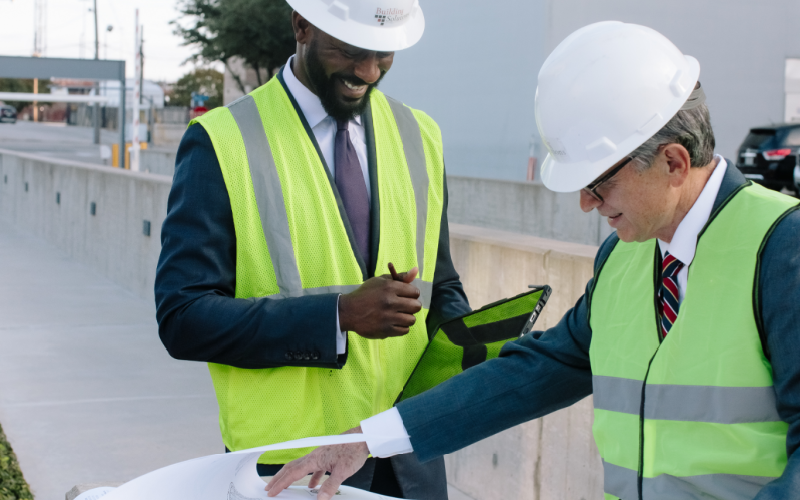Building Social Justice
Local company celebrates its 30th Birthday with focus on equitable schools
When Dallas-based Building Solutions geared up to celebrate its 30th anniversary, it took a look at what it knew about schools and what it knew about society, and decided that the best way to honor its past and build for the future was to help address the inequities the company saw daily.
The company sought nominations for schools that could use help in identifying critical needs in their facilities and operating practices, through its “Building Solutions for Brighter Futures” campaign. The company will donate 3,000 hours to 30 different schools.
In addition, Building Solutions will work to create an advocacy committee with fundraising and policy goals to help Dallas-Fort Worth schools make the necessary improvements identified by the assessments, long after the campaign ends.
“This year, the coronavirus pandemic and the deaths of George Floyd, Ahmaud Arbery, Breonna Taylor, among too many others, have highlighted the growing inequities for racial and ethnic communities across the country, underscoring the need for corporate citizens to step up and speak up. We want to do more than talk,” said Bill Keslar, CEO of Building Solutions.
As part of the campaign, Building Solution will also initiate a mentorship program for education facility leaders and staff to share expertise and tools.
We talked to Keslar and COO Dennis Palmer about the company’s efforts.
You see a lot of school buildings in your work. Why do you feel that deferred maintenance of these buildings is also a social justice issue?
Keslar: In the 30 years Building Solutions has been in business, we’ve worked on more than 1,150 school projects across the country. We know firsthand that a foundational piece of effective teaching and learning is the quality of a student’s physical environment. Not many people know that the maintenance, cleaning, and proper operation of a building affects the health of those using them, which is another prerequisite for effective learning.
Equitable education lays the groundwork for an equitable society.
Why do you think there are such inequities in school facilities?
Keslar: The disparities among our schools are often driven by allocation of resources and influence and are therefore a key marker for underlying inequities in our society. Even well-resourced schools that haven’t prioritized basic care of their facilities find their buildings inadequately support their education mission, but they more often have the capital sources available to simply tear down their buildings and start over.
That’s typically not the case in public school districts, so schools with very old buildings and inadequate budgets can quickly deteriorate beyond redemption, creating poor learning environments.
We do know that schools with well-thought out facility operations plans, coupled with adequate budgets, are able to operate more economically in the long run. They are better prepared to respond to crises, such as the current pandemic. Additionally, they are able to adapt to new modes of learning and teaching and are more uplifting and inspiring environments for students and their teaching staff. Through our “Building Solutions for Brighter Solutions” program, we want to help schools be fully equipped to address their facility needs and identify achievable improvements, even in a budget-sensitive climate.
There’s also a workforce issue. We have noted a shortage of school facilities professionals nationwide and that workforce is aging. Buildings are more sophisticated, and budgets seem to be tighter. More training, skills, and adeptness with technology are more needed than ever before, but the profession is not attracting sufficient numbers. We hope that raising awareness of the importance of facility operations in the eyes of decision makers can lead to attracting more and also younger talent who will support this dimension of our educational system and its effectiveness.
Do you see more school districts addressing this? For instance, Dallas ISD just had a huge bond election, and a good part of that is earmarked for addressing the inequities in the district that include the condition of the facilities.
Palmer: Many school districts are passing bond issues, but the inequities are a consequence of where the funds are allocated, even more than overall funding levels. It’s too early to pass judgement on the application of the DISD bond funds, but we are optimistic in light of the heightened awareness of inequities in Dallas. We hope our voice will constructively enhance that awareness.
Old school buildings become obsolete if they are not maintained and updated, and all buildings that are not maintained will deteriorate at an accelerated rate. At some point, they are no longer viable for updating and furthermore, are more costly to operate. Lastly, facility maintenance usually loses the annual battle for operating funds because the impacts are nearly invisible from year to year. It takes a real and intentional concentration of resources to bring back a neglected facility which may seem disproportionate, but it is necessary to achieve equally effective learning environments.
How important is a good, safe, and even aesthetically pleasing building to teacher and student success?
Palmer: Very important. Temperature control, lighting, acoustics, and space design all impact a student’s ability to learn, and the quality of a school facility is an overall predictor of teacher retention and student learning. Research shows that facility conditions may have a stronger effect on student’s performance than family background, socioeconomic status, school attendance, and behavior combined, and students who attend school in more efficient buildings have higher test scores than students in substandard facilities.
What students see around them communicates what we think of them and in turn, how they feel about themselves. It’s also clearly demonstrated that building ventilation and air conditioning systems are linked to the spread of viruses like COVID-19 and student health in general. Those systems are ones that frequently fall below standards recommended by the engineering community, especially in older buildings.

